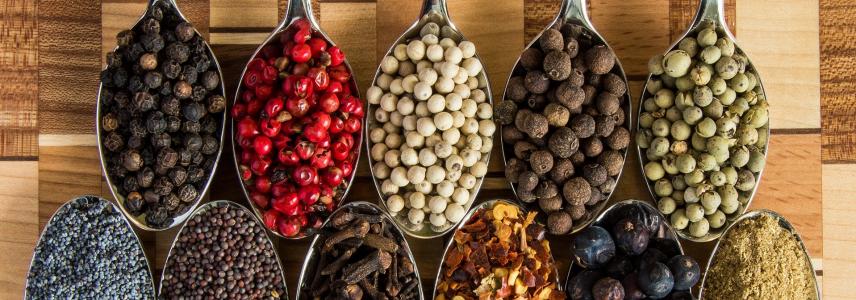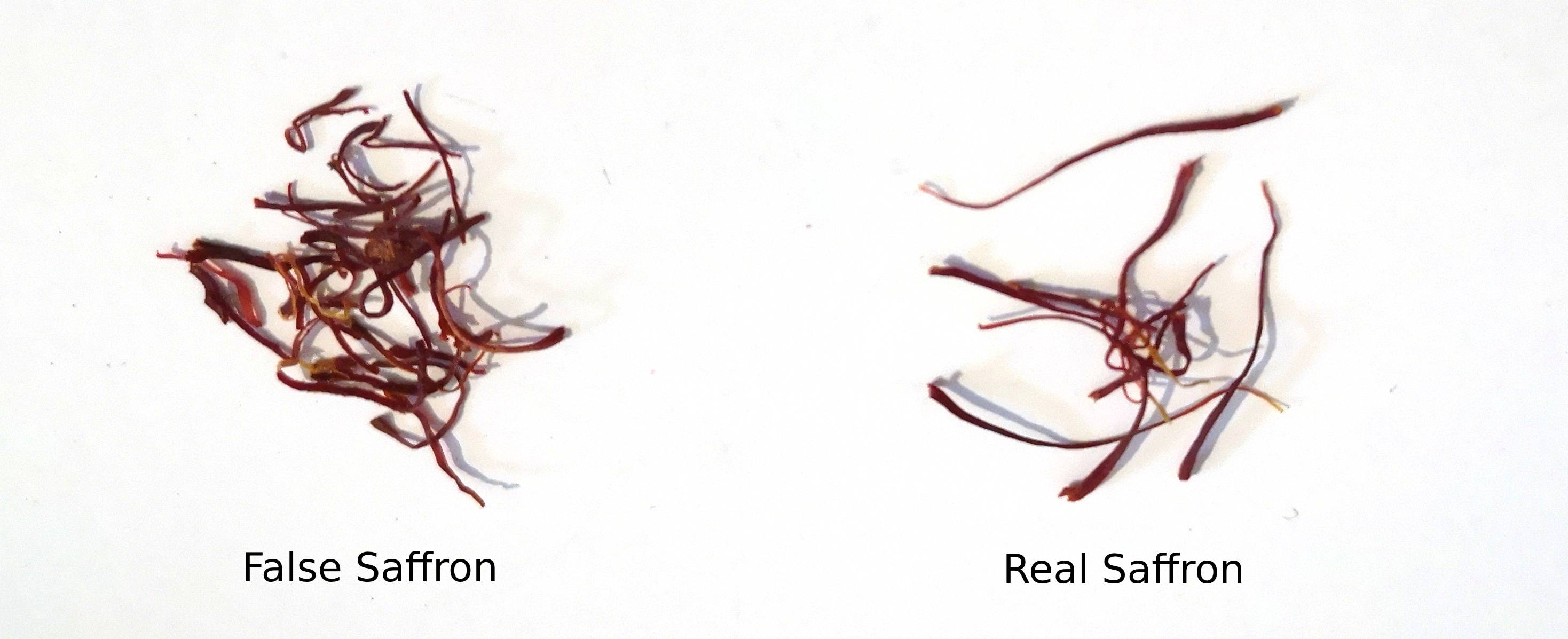European initiatives to fight food fraud in the spices and herbs sector

The spices and herbs supply chain is complex, and demand is increasing for crushed and ground spices and herbs. This provides opportunities for criminal activity. At any stage in the supply chain, fraud can occur. Spices and herbs may be replaced by other plants or artificial dyes, and flavourings which have not been declared may be added. The geographical origins may also have been changed.
To fight food fraud in the European food market, many new analytical tests are being developed. Official food authorities and private organisations are also introducing new initiatives to ensure the authenticity of spices and herbs in the market. Examples are the European Food Safety Agency EFSA and the European Spice Association ESA. Also, specific international projects are being launched, and industry events are being organised.
How do criminals attempt to cheat European consumers with spices and herbs?
Spices and herbs criminals are specifically interested in the production of fake high-value spices such as saffron and vanilla. Many street sellers in the Middle East and North African region offer unusually cheap saffron. This is actually red-coloured corn silk, coconut silk or safflower plant.
Replacing herbs and spices with other ingredients
Sometimes, spices or herbs are replaced by other ingredients with a lower value. Some common examples are:
- Oregano – replaced by olive, sumac, myrtle, cistus or strawberry leaves. In some mixtures, 70% of the oregano is replaced by fake oregano leaves.
- Dried ground chillies and paprika – rice flour, bran, sawdust, brick powder, paprika and chilli stalks are mixed with dried chillies or paprika to increase weight.
- Black pepper – papaya seeds look like black pepper. If black pepper is not ground up, it is easy to separate a papaya seed from a black peppercorn. Papaya seeds float, and they are more difficult to crush than black pepper. If black pepper is ground up, it is more difficult to find added substances like papaya seeds, ground-up stones or coffee bean skins.
- Turmeric (curcuma) – replaced by chalk powder and other plants from the same species, for example, Curcuma zedoaria or Curcuma malabarica. Curcuma is also frequently mixed with starch, cassava or chalk powder.
- Saffron – replaced by artificially dyed fibres of different origins or petals of the Carthamus tinctorius flower. This flower is also known as bastard saffron.
- Coriander – replaced by used up seeds. The oleoresins have been extracted from these seeds. Coriander is also replaced by plant waste or wood dust. High-quality coriander seeds may also be mixed with of lower-quality seeds.
Figure 1 – Difference between mixed and real oregano.

Figure 2 – Difference between fake and real saffron.

Unapproved enhancement
In some cases, compounds are added to spices or herbs to boost their quality features. A common example is adding additives that have not been approved. Certain additives make the colour of dried chillies or other spices better. Examples of unapproved enhancement are:
- Dried chillies and paprika – additives that have not been declared can be used to make the colour look better. Examples are Sudan dyes, Metanil Yellow, Allura Red and Annato. Strong flavours may also be added.
- Vanilla – tonka bean extract is a common replacement for vanilla. It smells and tastes like vanilla bean extract. Still, the most well-known example of fraud is the replacement of real vanilla with synthetic vanilla. Several years ago, samples of imported vanilla were also found to contain traces of prohibited artificial additives like toluene.
- Turmeric (curcuma) powder – as curcuma is used to colour many types of food. Colourants that are not declared can be used instead. These are often cheaper or give the powder extra colour. Examples of such dyes are Sudan dyes, Mentanil Yellow, Orange II or Lead Chromate.
Falsely declared geographic origins
Several types of high-quality spices and herbs are connected to specific regions around the world. Food criminals sometimes try to sell spices and herbs with falsely declared origins to get higher prices. Some examples include:
- Fake Mexican chillies – chillies with Asian origin are sold under Mexican names such as chipotle or jalapeño. The packaging often has Mexican national symbols, such as the mariachi hat.
- Dried paprika with falsely declared origins – paprika of lesser quality is used to replace paprika from a Protected Designation of Origin (PDO) such as regions of La Vera, Spain or Szegedi, Hungary.
- PDO Saffron – a typical example is La Mancha saffron from Spain. In some cases, imported saffron from outside the European Union is relabelled, and the origin changed to La Macha.
- Cardamom – is sometimes imported from Bhutan or Nepal to India and presented as having Indian origins.
- Star anise - toxic Japanese star anise is labelled with Chinese origins.
How does the European Union fight food fraud in the spices and herbs sector?
Food fraud in the spices and herbs sector is a serious issue. The main reason to mislead consumers is to gain profit. Still, many food criminals are not aware that replacing spices with other ingredients can present a serious risk to human health. Some substances that are used to imitate natural flavours can cause allergic reactions, and some are toxic. Many laboratories around Europe have increased testing to discover this type of fraud in spices and herbs. Common methods include DNA analysis, isotopic techniques, mass spectrometry, spectroscopy, chemometrics and a combination of detection methods.
To fight food fraud, several organisations and projects have launched different initiatives. European Spice Association published the Adulteration Awareness document. And the UK Spice and Seasoning Association published guidance on the authenticity of herbs and spices. An important initiative is the recently finished European Union project Food Integrity. This project resulted in several practical tools, such as the YouTube Food Integrity Channel and a smartphone application. The latest initiative is the Food Integrity Event, related to the challenges of food fraud that the industry is facing.
Everyone in the spices and herbs supply chain must understand that food fraud is a criminal act. New laboratory testing methods can easily discover if prohibited ingredients, dyes or flavours in spices and herbs are added. It takes a long time and a lot of money to build a good reputation in the European market. Still, this can be lost very quickly if companies are caught with products that are sub-standard or fake. Even worse, a single company can ruin the reputation of a whole production country.
This news article was written for CBI by Autentika Global.
Stay informed
To stay informed on the latest developments in the spices and herbs sector, make sure to subscribe to our newsletter.